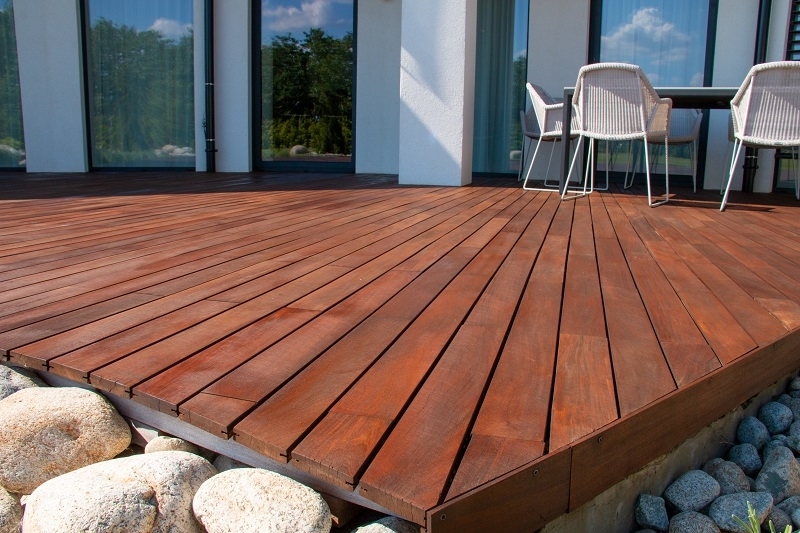Species in the Spotlight: Ipe
Published: 07/12/22 By: Mike Bekin
When it comes to tree species, Ipe is definitely one of the lesser-known – unless you’re in the decking market like us at Ecochoice. Most of us have heard of Oak, Birch and Willow trees and may even know a little bit about them, but it is rare to find someone who isn’t a professional who can tell you anything about Ipe! But this tropical hardwood could be just the wood you have been seeking.
An Introduction to Ipe
Ipe – also known as the Trumpet Tree or Brazilian Walnut – originates from the Brazilian rainforest. Well, it is not actually a tree, but seven different species! Every Ipe tree falls under the genus Tabebuia and are most commonly found in South America. Although they are technically different species, the timber from every Ipe tree is similar enough to put them all under the same umbrella.
What Does Ipe Look Like?
Ipe trees are fairly tall, typically reaching around 100 feet in height. But it is their width that is more astounding, with the widest part of the tree (usually at the very top and including the branches and leaves) reaching 50 feet from one side to the other! Compared to this, the trunk is very narrow at only around 3 feet in diameter.
Ipe is known for being very beautiful. These trees are somewhat rare for being able to flower, shedding their green evergreen leaves in favour of bright yellow, pink, red, lavender or white blooms. When they do flower, the colourful sight is truly something to behold!
What Does Ipe Timber Look Like?
Although quite a bit heavier, Ipe timber is similar in appearance to Mahogany. It has a warm, rich hue of reddish-brown with darker veins running through the wood. The grain pattern is strong and complex, and the wood has a medium-coarse texture. When it is finished, Ipe timber has a classically luxurious look that makes it a popular choice for a wide range of applications.
Working Qualities of Ipe Timber
Aside from its appearance, Ipe is so well-loved in the timber industry because of its durability. It is incredibly hard, which has earned it a lot of attention over the years, and very dense too. This does, however, make it difficult to work. Only professional tools will be able to cut Ipe and it often needs to be pre-drilled before adding screws and nails.
But, once in place, Ipe can withstand a whole lot of wear and tear, making it an exemplary choice for outdoor applications, such as decking. Some people compare the strength of Ipe to steel, which should give you an idea of the quality of the wood with which we are working!
Choose Sustainable Ipe From EcoChoice
If Ipe sounds like the right timber for your project, our team at EcoChoice can help. All our wood, including Ipe, is sourced from responsibly managed forests, giving you the chance to help maintain the world’s forests whilst still using the timber they produce. If you would like to learn more about Ipe or any of our other timbers, feel free to get in touch with us today and we will be more than happy to help!
Images: Radoslav Cajkovic, Roberto Tetsuo Okamura / Shutterstock.com

